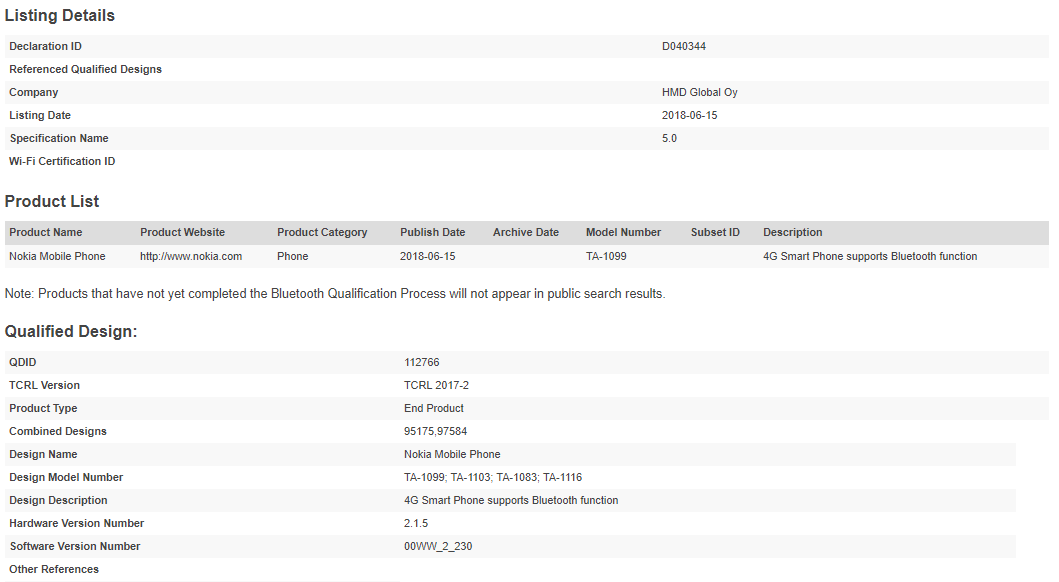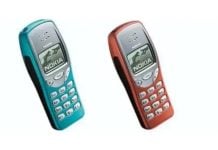Last month, HMD Global had launched the Nokia X6 smartphone, but it did not confirm whether it will be making the phone available outside of China. However, recent reports have claimed that the company could be working on global variants of Nokia X6.
Before the launch of the Nokia X6, its TA-1099 and TA-1103 models were certified by Bluetooth SIG. The same certification body has also approved TA-1083 and TA-1116 Nokia phones. Among these, the TA-1116 was also certified before the recently held unveil event in Russia. The Finnish company had unleashed Nokia 5.1, Nokia 3.1 and Nokia 2.1 smartphones at the event and the TA-1116 model number does not belong to them.
Interestingly, Taiwan’s National Communications Commission (NCC) has recently certified TA-1103 model. Hence, it is now being speculated that the TA-1083 and TA-1116 are the global variants of the Nokia X6.
The Nokia X6 is the first notched display smartphone from the company. It houses a 5.8-inch IPS LCD display that supports 2280 x 1080 pixels. The Snapdragon 636 SoC is present under the hood of the phone. It has RAM variants like 3 GB, 4 GB and 6 GB and storage models like 32 GB and 64 GB. The X6 houses 16-megapixel + 5-megapixel dual camera setup and a 16-megapixel front-facing camera. It receives power from 3,060mAh battery. Since it is an Android One phone, it features stock edition of Android 8.1 Oreo.
Read More: Nokia X6 Latest Software Update Brings Along An Option To Hide The Notch
After the launch of Nokia X6 in China, Nokia’s Chief Product Officer (CPO) Juno Sarvikas had carried a poll on the official Twitter account of the company to find out whether people outside of China are interested in the smartphone. Over 90 percent people had answered “yes” which indicated that the company may consider launching its global variant.
The Nokia X6 is speculated to hit the international markets with a price tag of around $300 starting from July. The certification of TA-1083 and TA-1116 models suggest that Taiwan and Russia among other markets will be receiving the smartphone.








